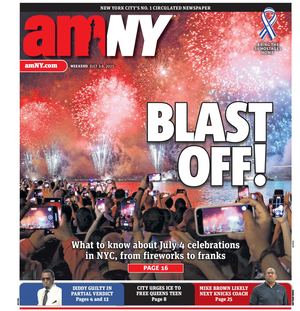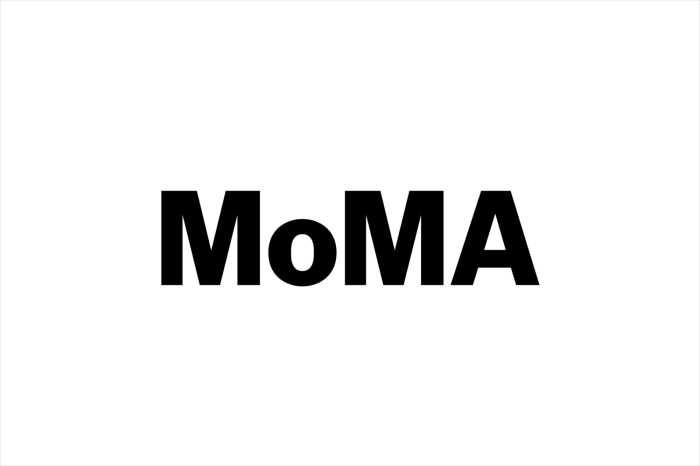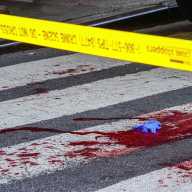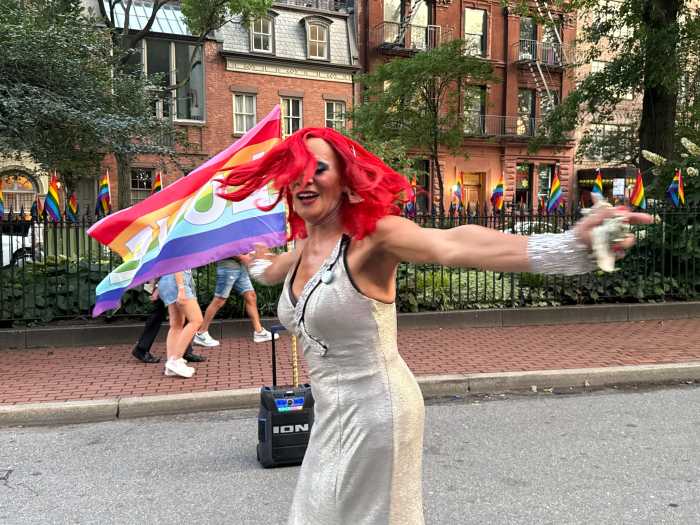By Sisi Wei
The piece of paper didn’t say much: “There’s a fire. You must evacuate. Start notifying your people now.”
The six people in the room — a security director, facility director, engineer, dean, faculty member and secretary — needed to act immediately. One stood up to call the school’s emergency alert system, which informs students and staff what to do during emergency situations by sending texts and voice messages to their cell phones.
When the phone call finished, another piece of paper was placed on the table. It read, “Imagine the power had suddenly gone out in lower Manhattan.” The phone call couldn’t have happened. Now what do they do?
This “Red Letter Scenario” is part of a series of tabletop scenarios the Borough of Manhattan Community College has developed as part of their all-hazards emergency response plan.
After the college’s Fiterman Hall was severely damaged due to the Sept. 11 attack on the World Trade Center, the school became the only college in the United States to have been directly affected by a terrorist attack.
But this “unfortunate hard-earned experience” has given the college the unique practical experience necessary for its upcoming 18-month project to develop an emergency response plan vital to colleges nationally, said Sunil Gupta, B.M.C.C. dean of continuing education and workforce development.
Twelve other colleges across the country will also be developing their own emergency response plans for the next year and a half, thanks to the new Emergency Management for Higher Education grant awarded by the United States Department of Education. B.M.C.C. is the only college in New York City to receive the grant.
B.M.C.C. was awarded $500,000, the third largest amount granted. The largest grant, awarded to Northern Illinois University, totals $568, 681. The Dept. of Education gave out a total of $5.2 million in E.M.H.E. grants this year.
As one of B.M.C.C.’s main highlights, “Red Letter Scenarios” immediately reveals how prepared each participant is. More importantly, is when those who didn’t know what to do are shown the proper procedures in the discussion afterwards, said Scott Anderson, the college’s vice president of administration and planning.
“When they think that they beat [the first scenario], you throw in a little wrinkle,” he said. “You hear there’s a shooting on your campus … [The campus police doesn’t] find a shooter but they find victims. … What do you say and who do you contact first? These scenarios only run about 30 minutes, but the discussion afterwards goes over one hour because you learn a lot.”
Often practiced within governmental first responder organizations such as the F.B.I., these scenarios have never been practiced by higher education institutions, Anderson said. But the B.M.C.C. has plans to upload the scenarios as an online resource for all colleges.
“If we can do this and make it available for everybody … at least B.M.C.C. will be doing something to provide a real service to emergency management on a national scale,” he said.
B.M.C.C. is also working to help educate colleges on how to react to housing first responders, something the commuter college had to do after the Sept. 11 attacks.
“College campuses will be used by the Department of Health during the case of a pandemic,” Anderson said. “We know that our campuses will be taken over and used as hospital centers and triage centers … so we want to become more prepared to intake people quickly, how to provide telecommunications during that whole process, how to provide air conditioning. …The city of New York knows that a college campus is a valuable asset to help a city or community survive an emergency.”
Therefore, B.M.C.C. and its partner institution, Polytechnic Institute of New York University, will assess the threat of both college campuses and train staff (security, faculty, and workers) to understand the incident command system, a chain of command and communication system first responders follow.
Anderson’s favorite part of the proposed plans, however, is the Campus Community Emergency Response Team program, which will teach the B.M.C.C., Polytechnic, and local communities (for free) how to use C.P.R. and how to use an A.E.D.
“This is the sexy one here,” Anderson said. “It’s important that as many people on a college campus know … how to perform basic first aid.”
The CERT is Lower Manhattan’s fourth – joining the ones in Battery Park City, Tribeca and Chinatown.
B.M.C.C. is also working to make sure colleges are prepared for all possible surprises.
“We’re in Manhattan, nothing ever happens here right?” Anderson said. “But then you saw what happened in 9/11. People realized during the Virginia Tech tragedy that [disasters] could happen everywhere.”
Working with Polytechnic is also symbolic of this point, said Anderson. Emergency situations don’t discriminate between institutions.
“This is not a public college problem, a private college problem, a commuter based college problem or a residential hold college problem,” he said. “This is a problem we’re all going to have to deal with.”
sisi@downtownexpress.com
































